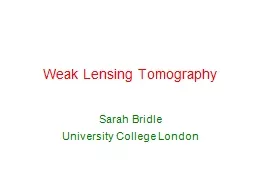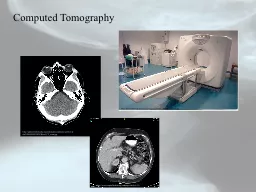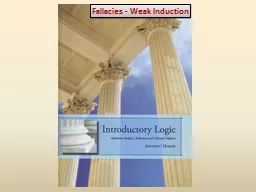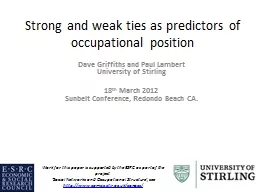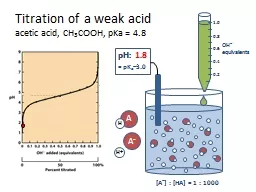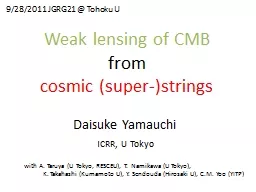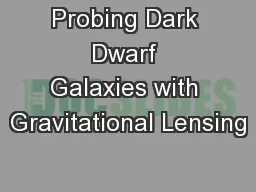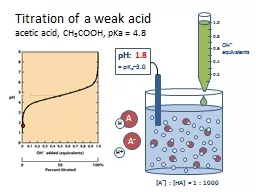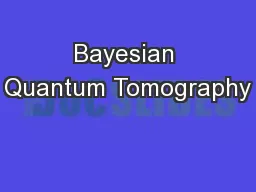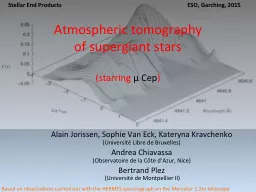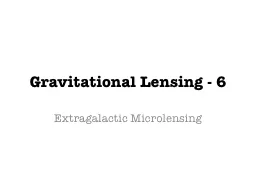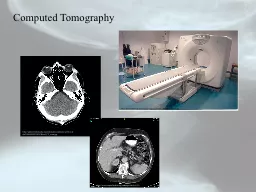PPT-Weak Lensing Tomography
Author : tawny-fly | Published Date : 2016-05-22
Sarah Bridle University College London 3d vs 2d tomography NonGaussian gt higher order statistics Low redshift gt dark energy versus Weak Lensing Tomography In principle
Presentation Embed Code
Download Presentation
Download Presentation The PPT/PDF document "Weak Lensing Tomography" is the property of its rightful owner. Permission is granted to download and print the materials on this website for personal, non-commercial use only, and to display it on your personal computer provided you do not modify the materials and that you retain all copyright notices contained in the materials. By downloading content from our website, you accept the terms of this agreement.
Weak Lensing Tomography: Transcript
Download Rules Of Document
"Weak Lensing Tomography"The content belongs to its owner. You may download and print it for personal use, without modification, and keep all copyright notices. By downloading, you agree to these terms.
Related Documents

